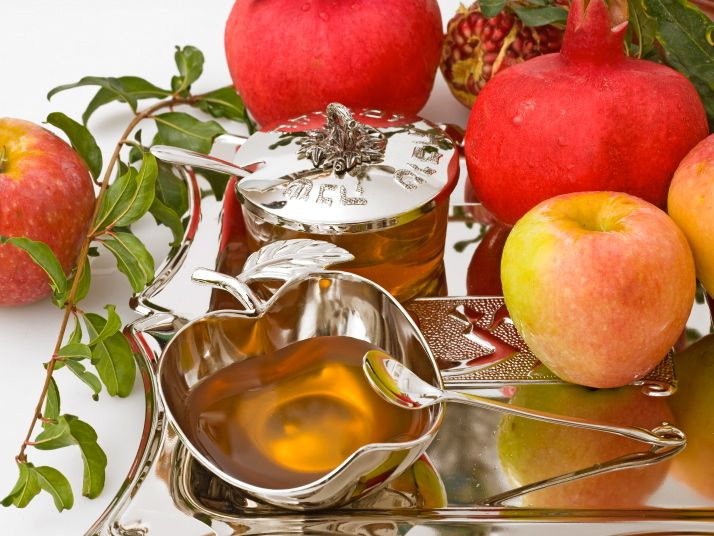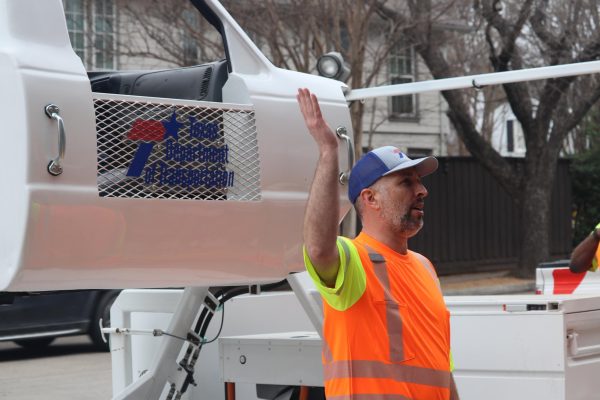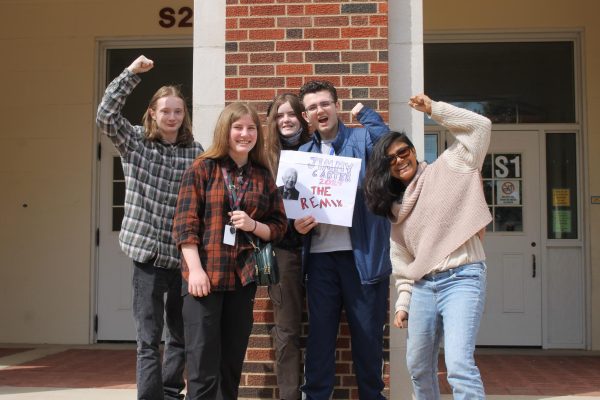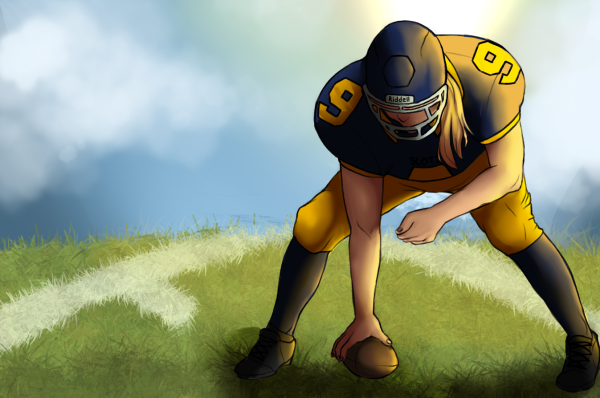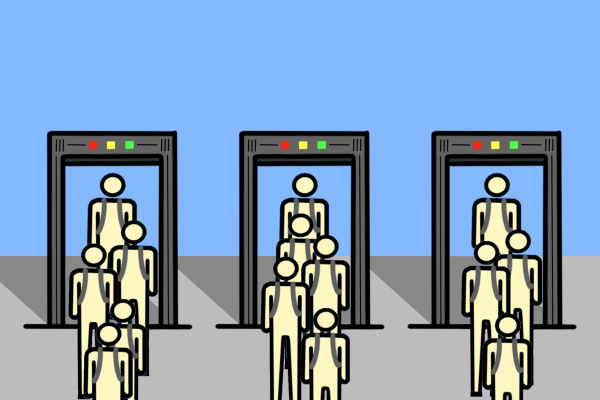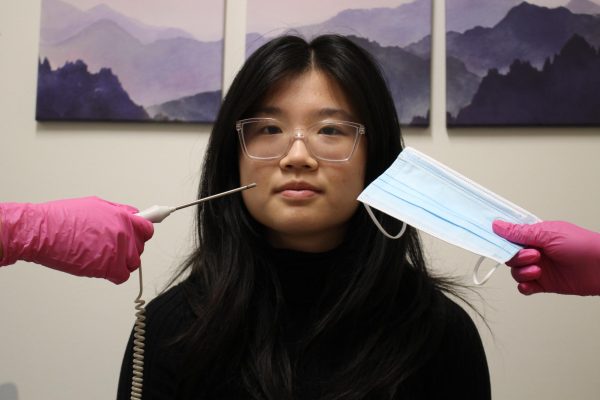Shanah Tova!
The traditions of the Jewish new year and the holiest day of the year
The first of Tishrei in the year 5778, better known as Thursday Sept. 21, was the Jewish new year. Unlike the Gregorian calendar, which is based solely off of the sun, or the Chinese calendar, which is based solely off of the moon, the Jewish calendar is a blend of both. It consists of lunar month and solar days which create a wholly original calendar. Along with that, the calendar started in the first year of creation and has continued since then, no “before the common era” (B.C.E) or “ the common era” (C.E.). Thus the year is 5778.
The first of Tishrei is also known as Rosh Hashana, the Jewish new year, and denotes a new cycle and new opportunities. In Judaism the new year is quickly followed by Yom Kippur, the holiest day of the year where people repent their sins and make amends to God as well as friends and family. Yom Kippur takes place on the tenth of Tishrei, better known as Sept. 29. These two holidays take place within one week of each other but are celebrated very differently.
Rosh Hashana is often considered a celebration of happiness and life. People eat and pray and are generally merry. The dinner menu usually consists of apples and honey which are supposed to bring sweetness and happiness to the new year. Other foods that are commonly eaten on Rosh Hashana are round challahs (a type of Jewish sweet bread), pomegranates and raisins. All of these food are supposed to represent sweetness just like the apples and honey. Along with traditional foods, which are eaten by all forms of Judaism, Orthodox and some Conservative Jews observe some different traditions like not using phones, not using cars and not working.
“We are very traditional in that we don’t drive, use phones or anything like that,” Orthodox librarian Neil Krasnoff said.
Unlike Rosh Hashana, Yom Kippur is well known for its tradition of fasting. Since Yom Kippur is when Jewish people all over the world repent their sins, they also fast so as to show their devotion to God and to purify themselves during prayer. If possible, people will spend the majority of their day in services at their temple or synagogue, or they will celebrate the holiday outside of their temple in privacy. After the last service people often go to eachothers’ houses to have “Break the Fast” parties where they eat and drink for the first time that day, as during the fast people are not even allowed to drink water. However, as with all Jewish customs, people are only supposed to partake in the fast as long as they are mentally and physically healthy enough to do so.
“You’re mostly in synagogue all day long,” Krasnoff said. “It is a day of prayer and fasting and not a whole lot else, like not a lot of conversations or celebrating until it is over.”
These two holidays make up the start of the year and a fresh start. Rosh Hashana brings sweetness and Yom Kippur brings forgiveness and repentance. The next round of holidays start in October with Sukkot. The festival of harvest started on Oct. 4 and lasts until Oct. 11. For those interested, the closest temple is Temple Emanuel on Hillcrest and Northwest Highway.



